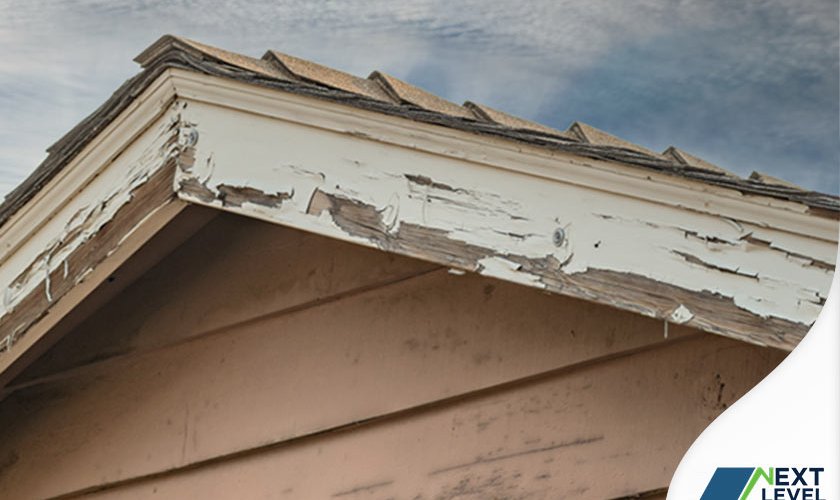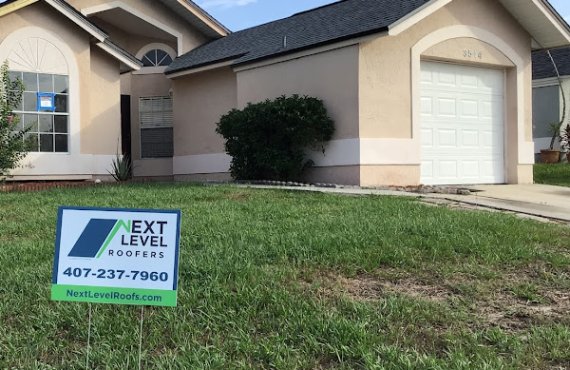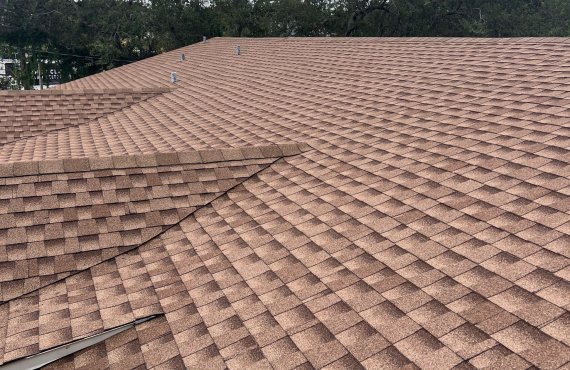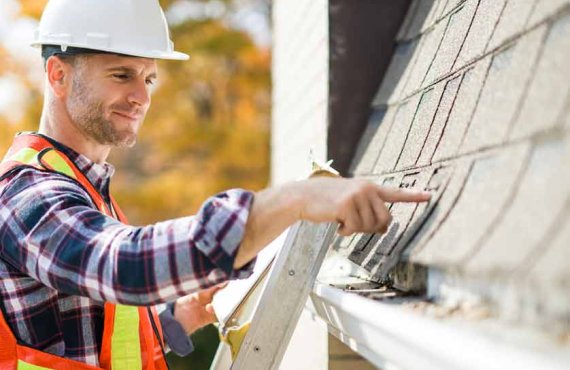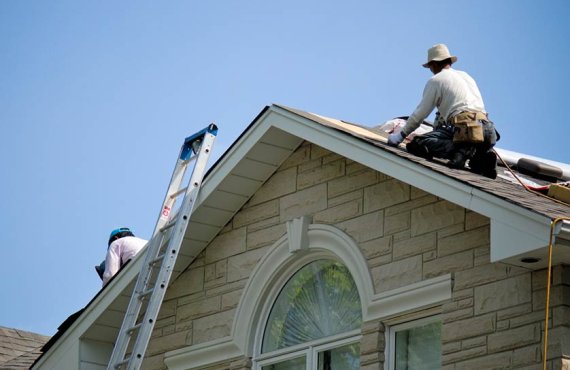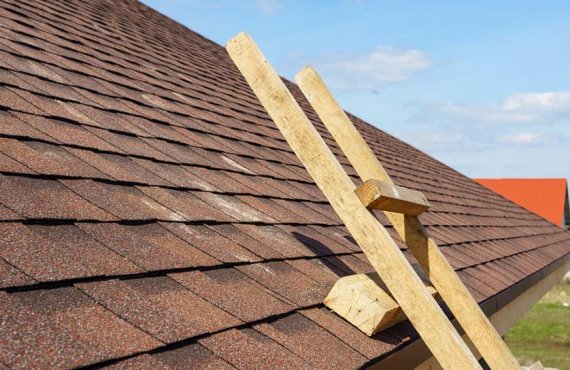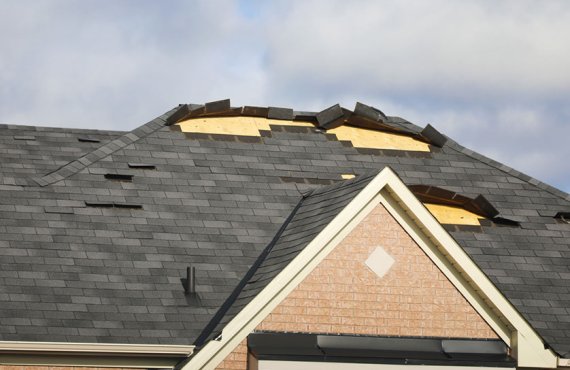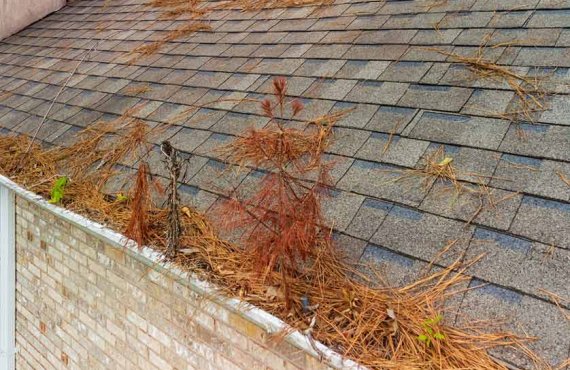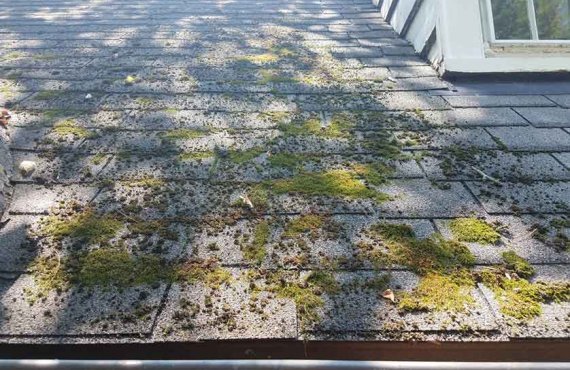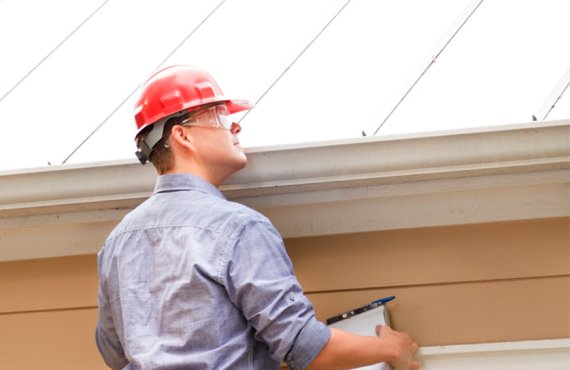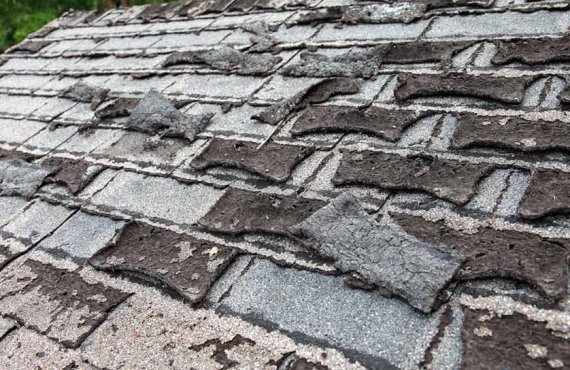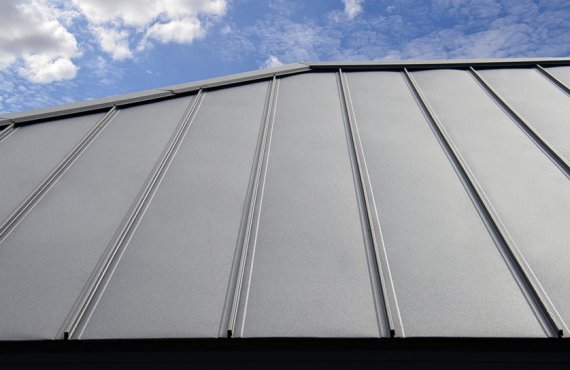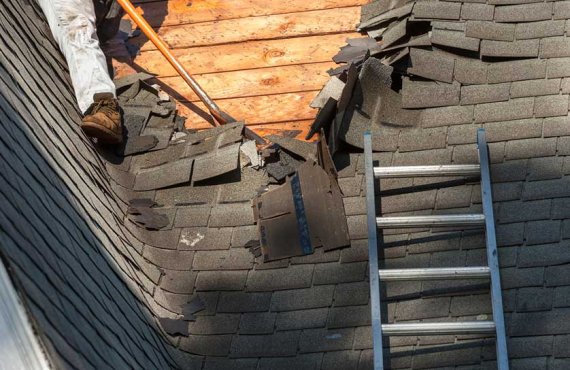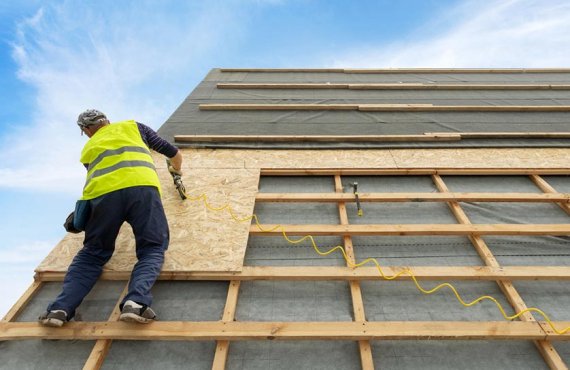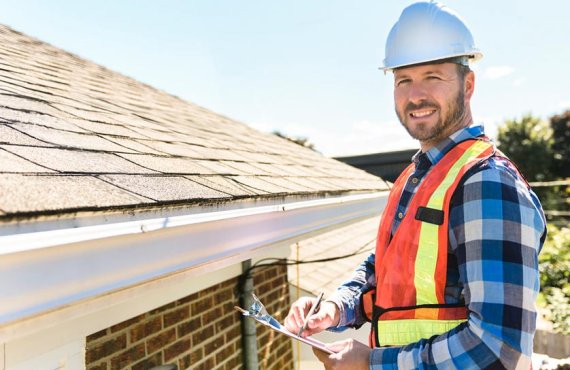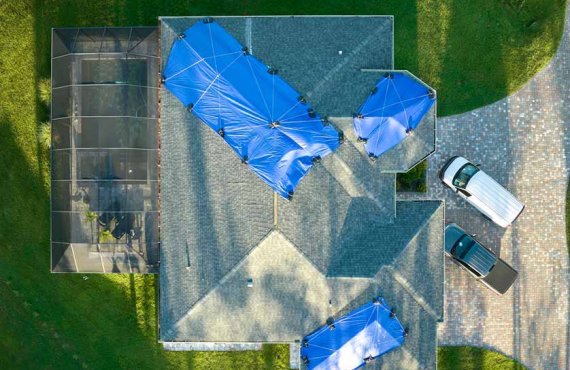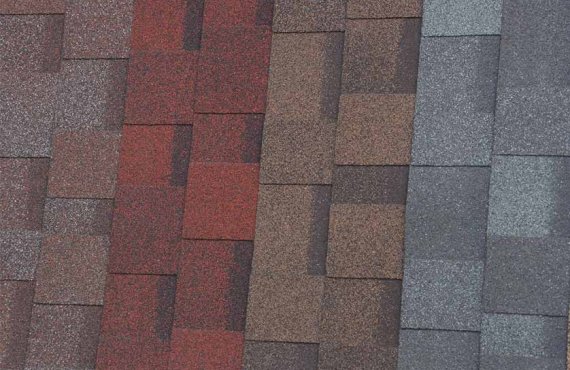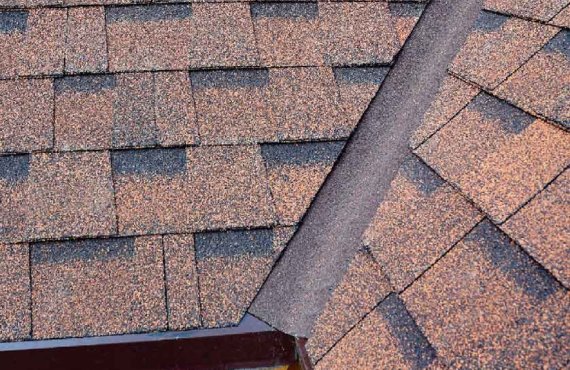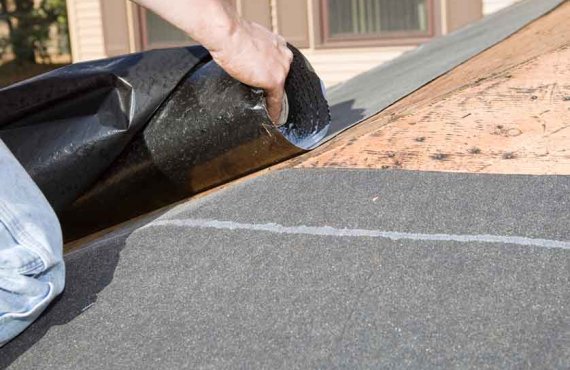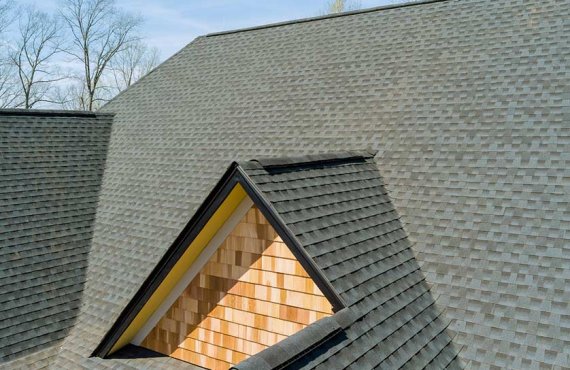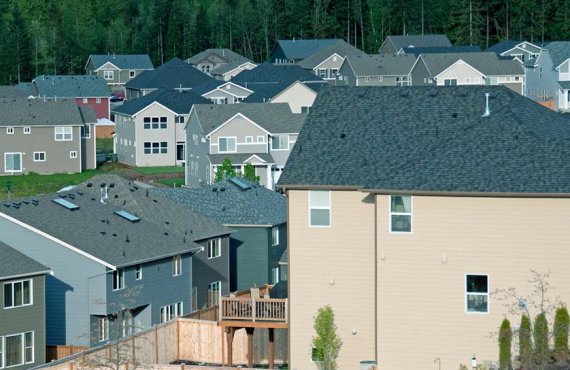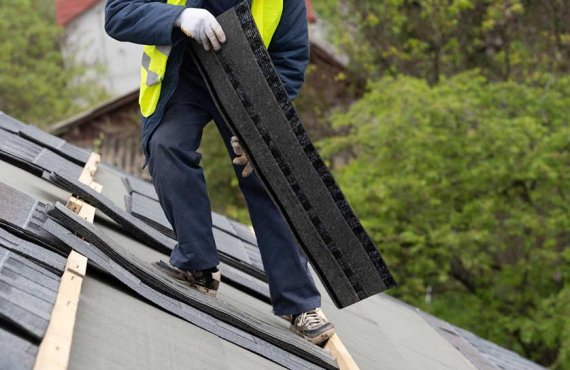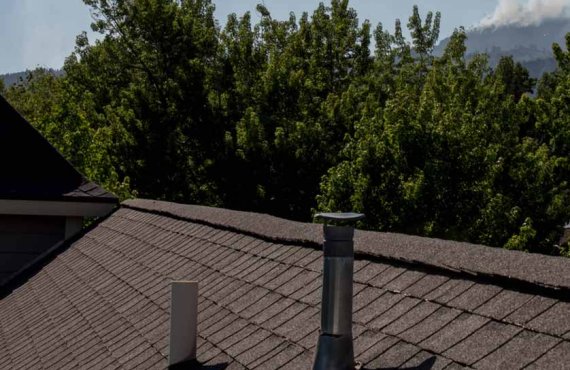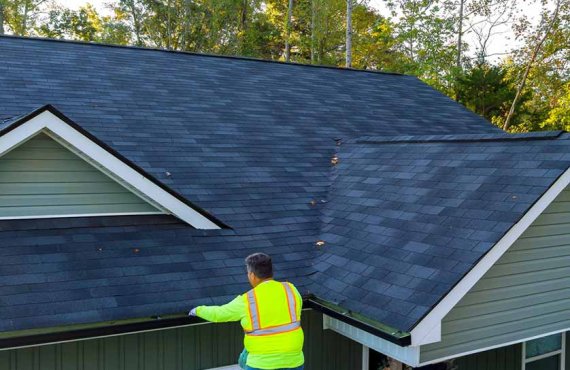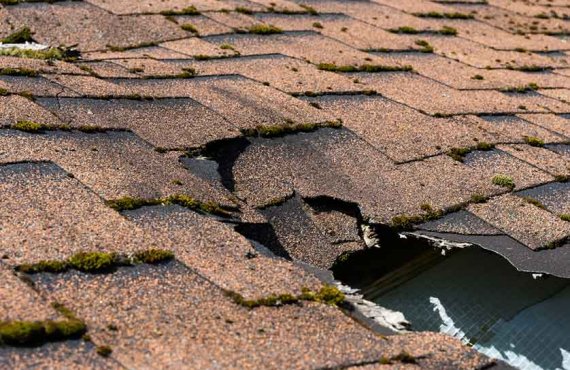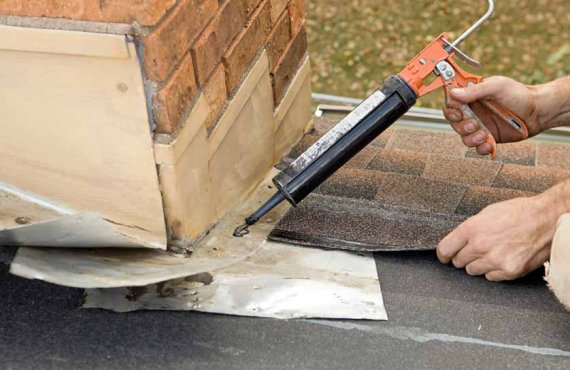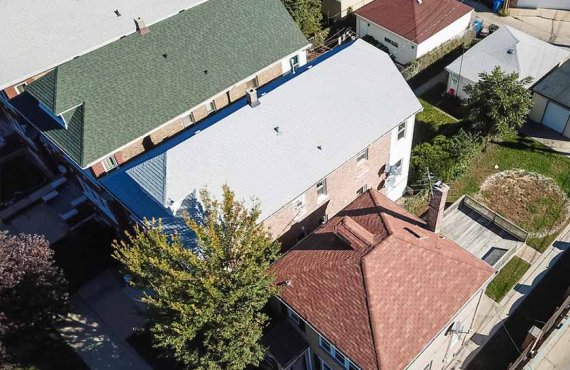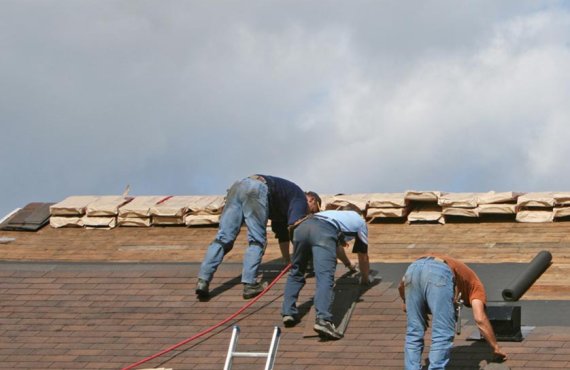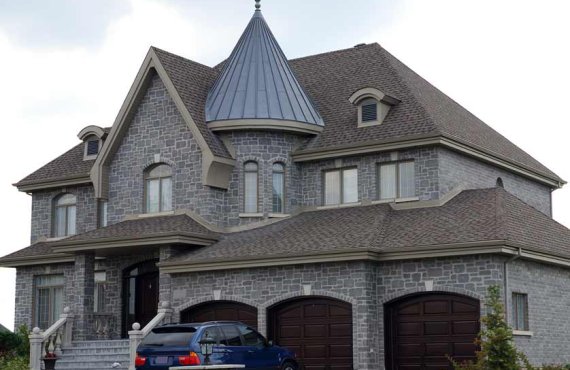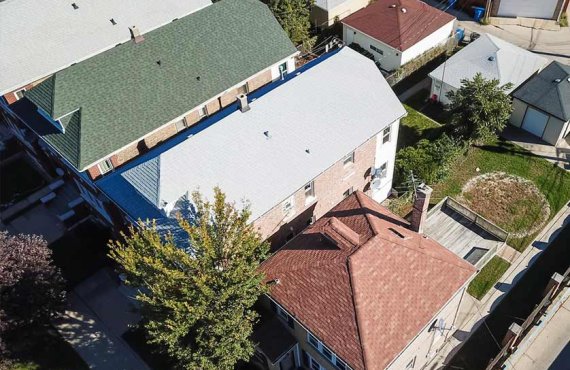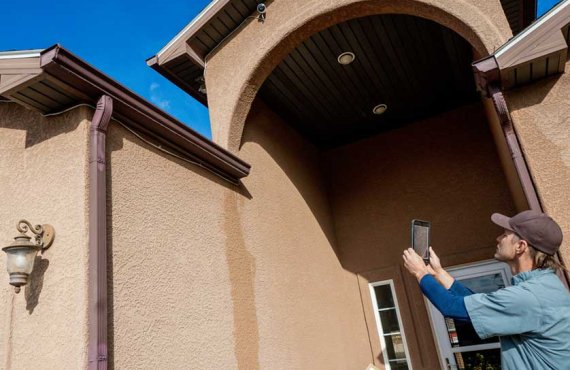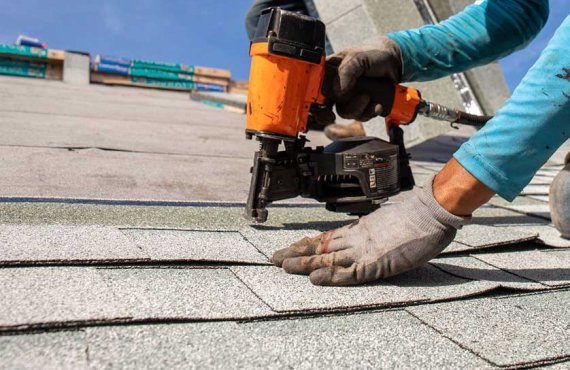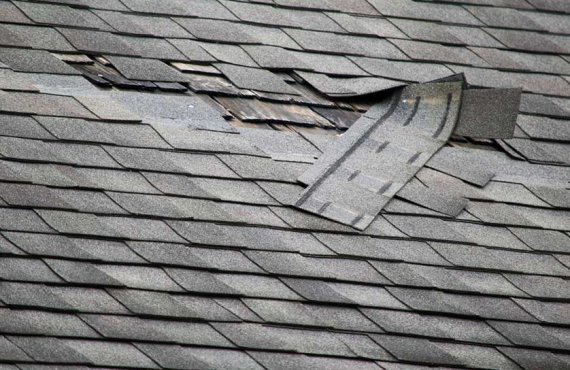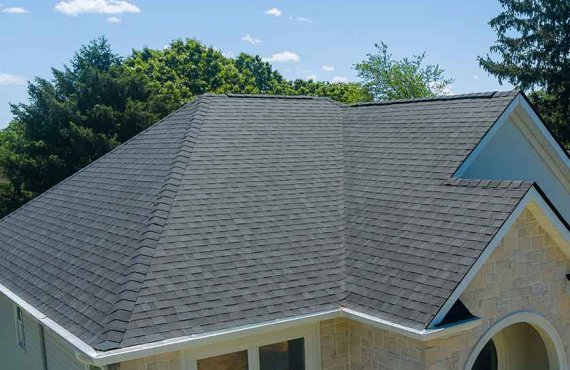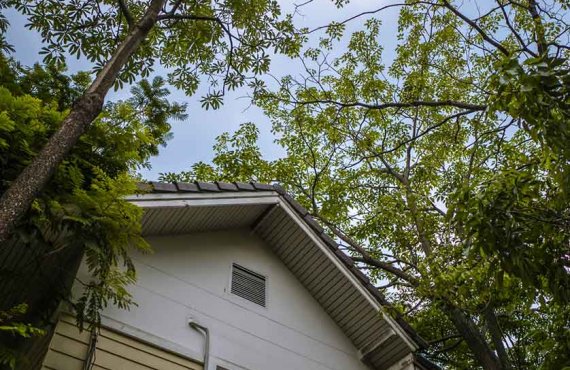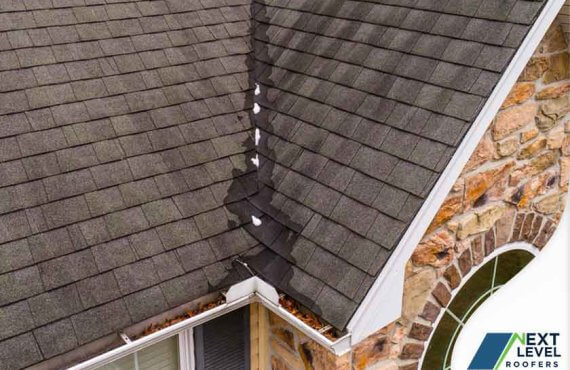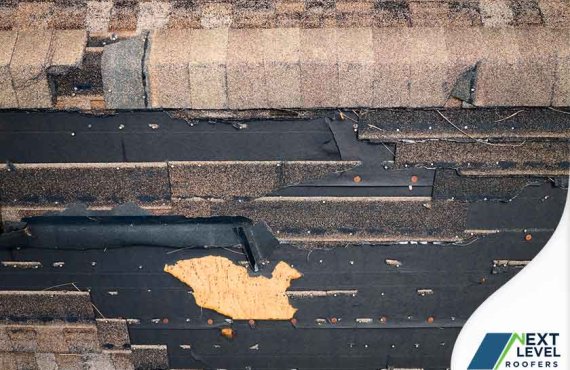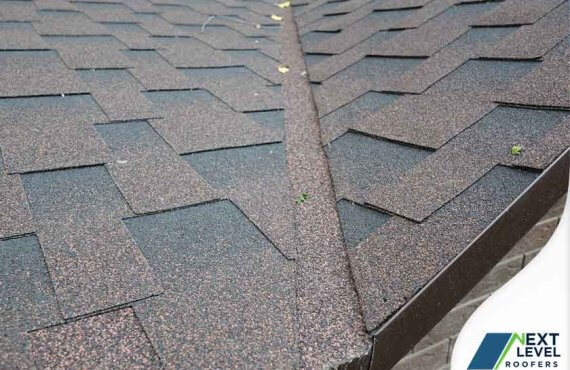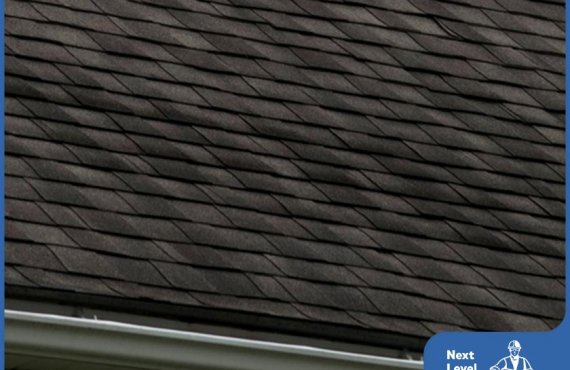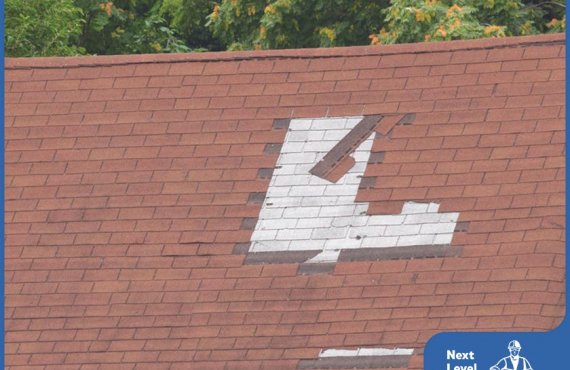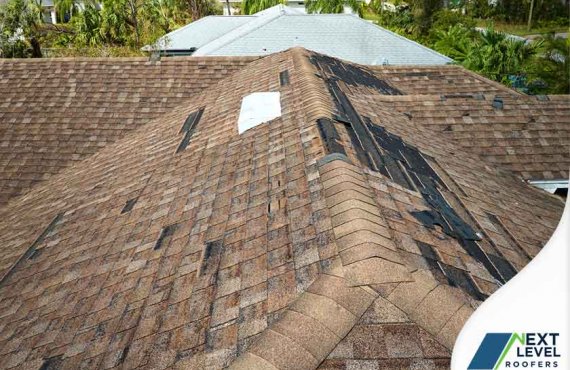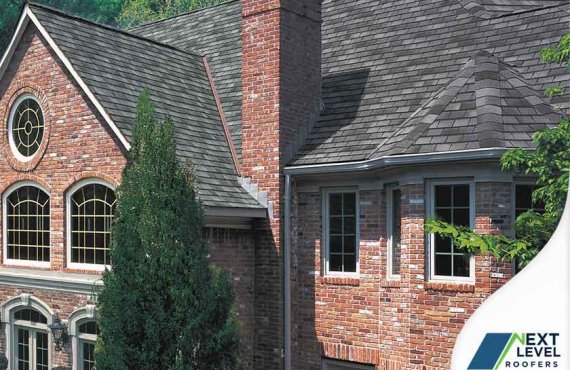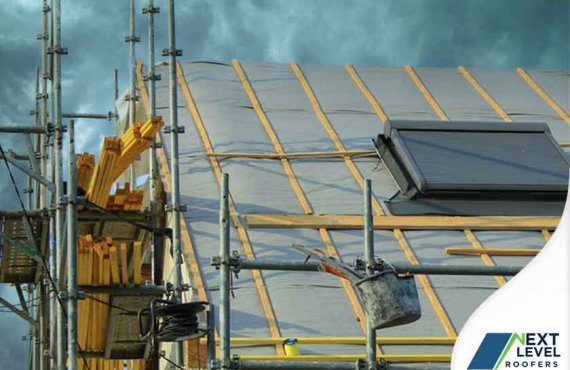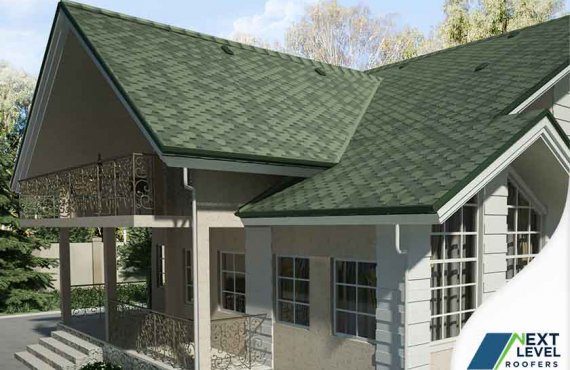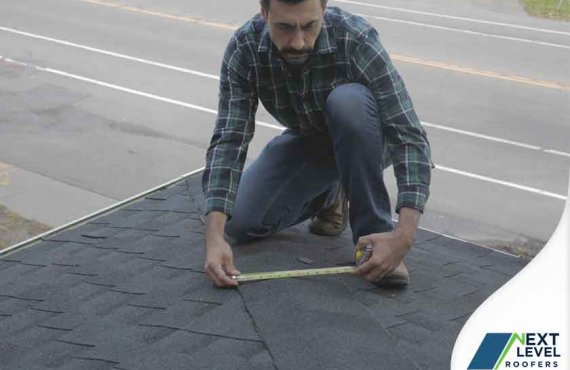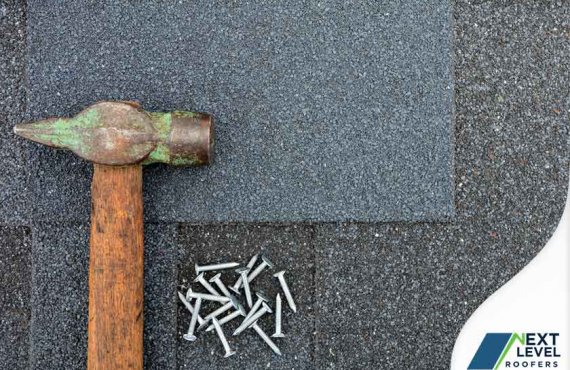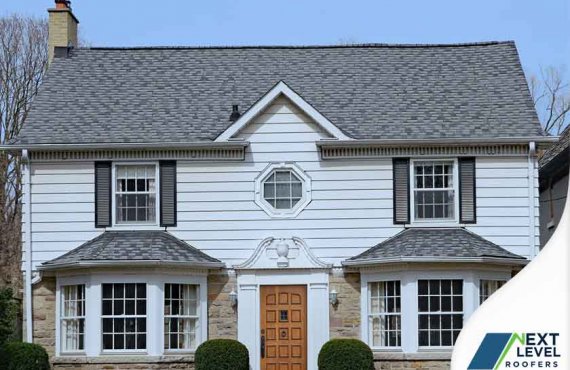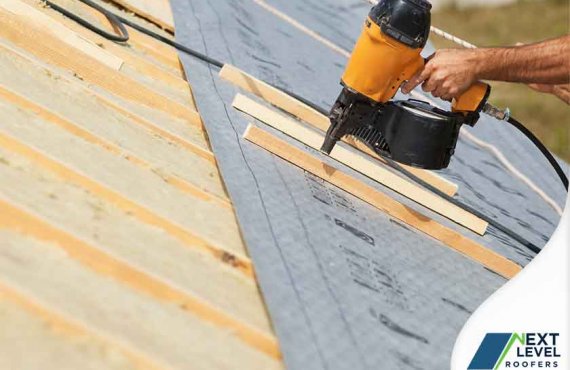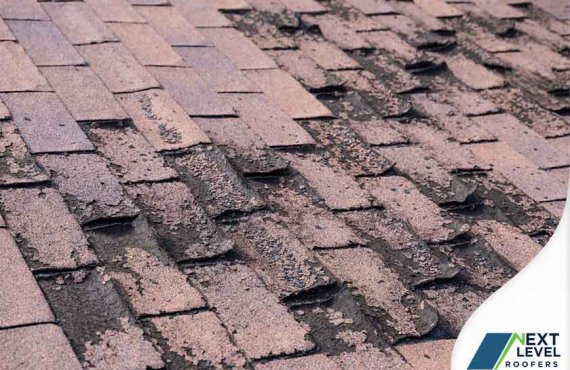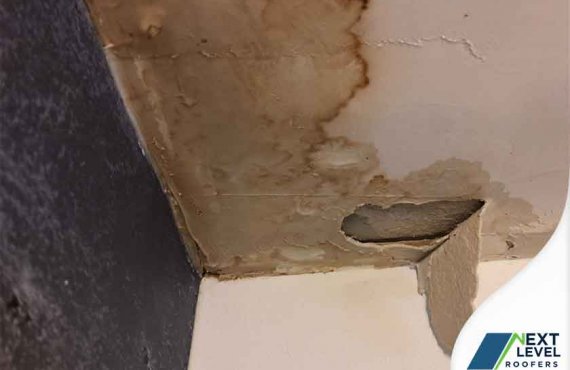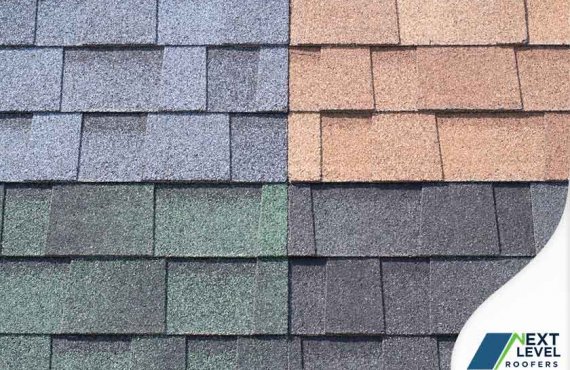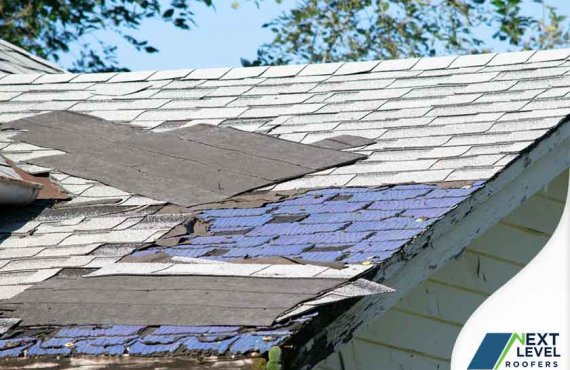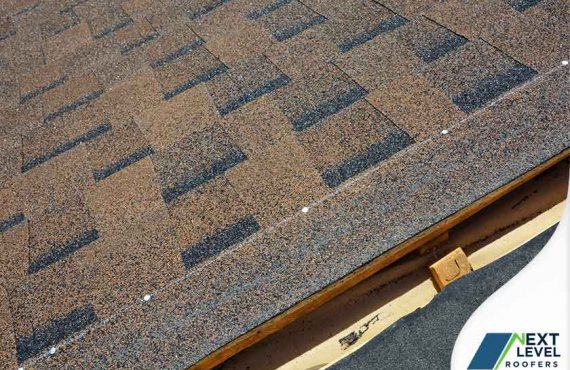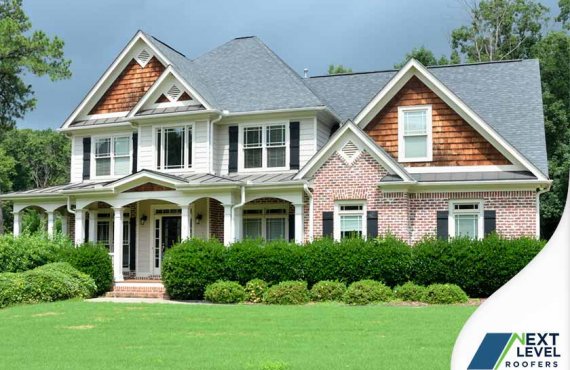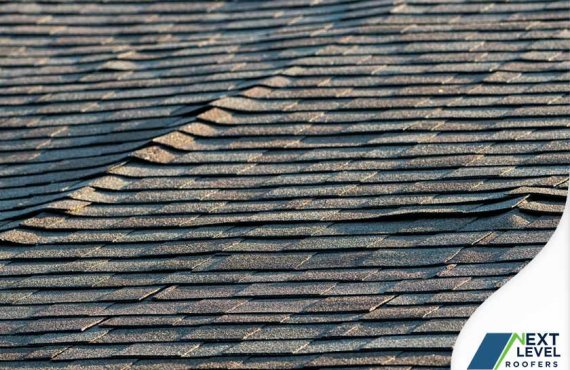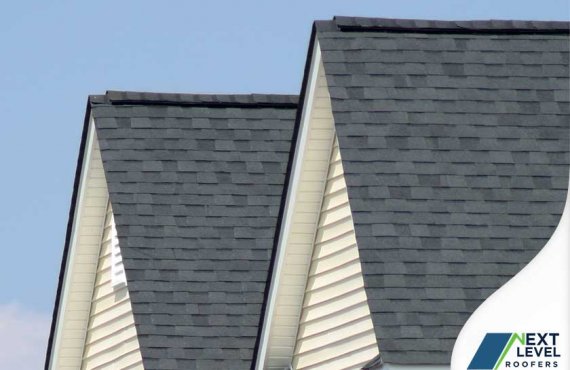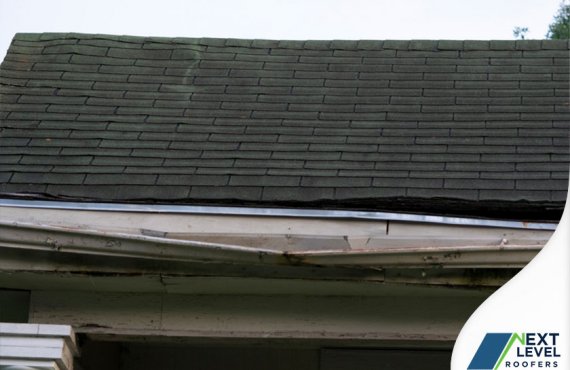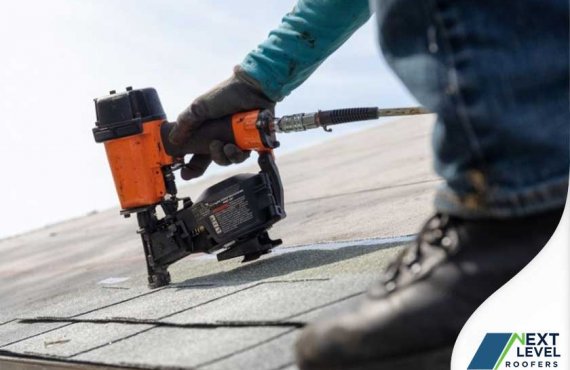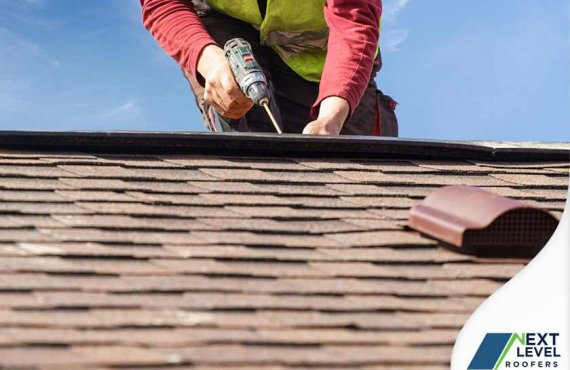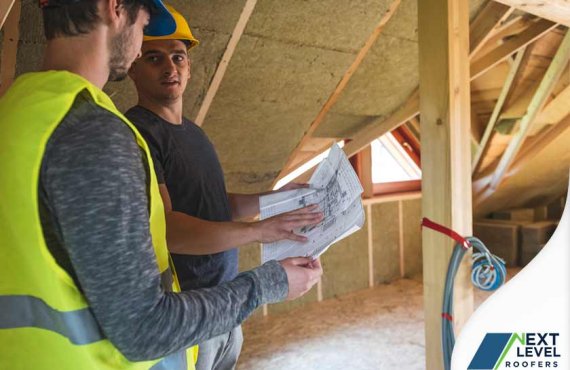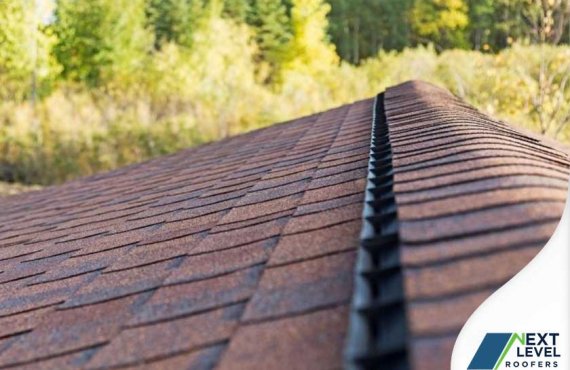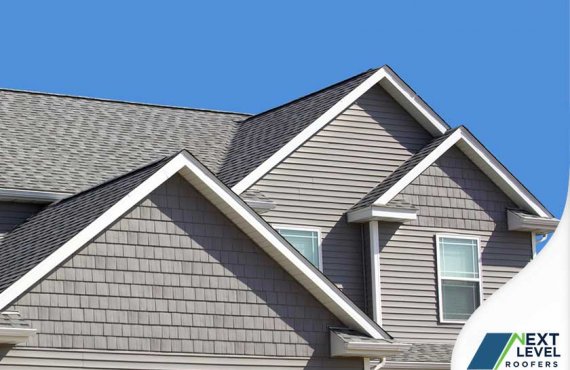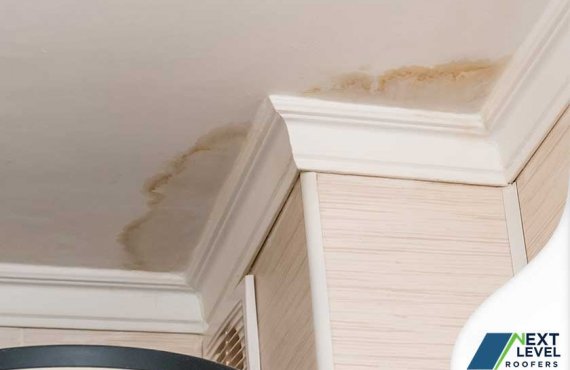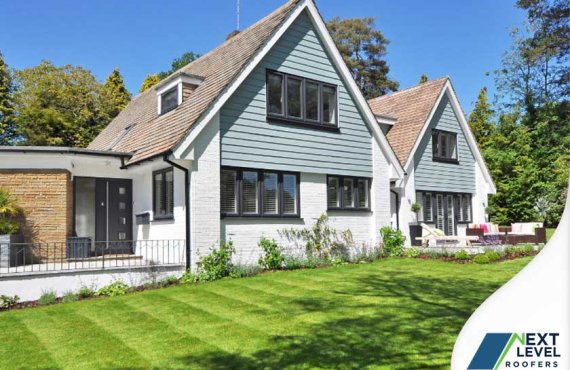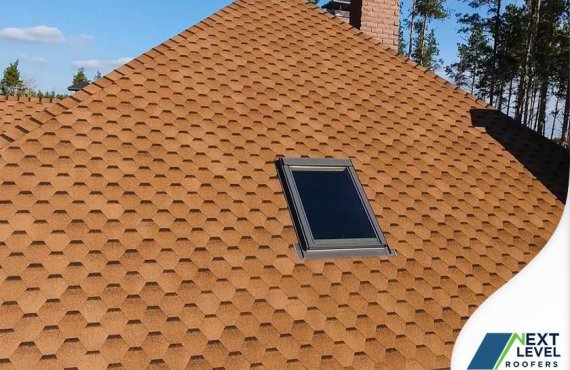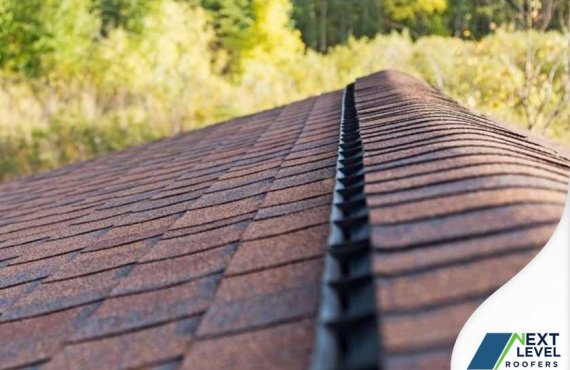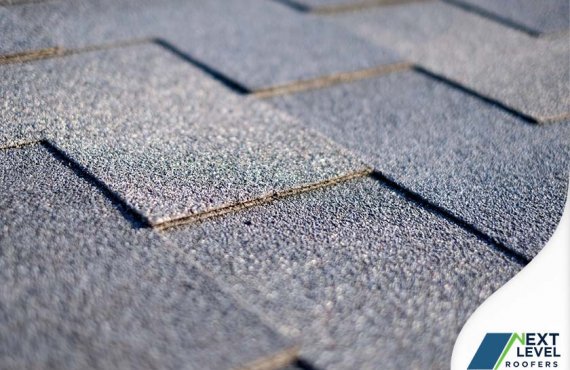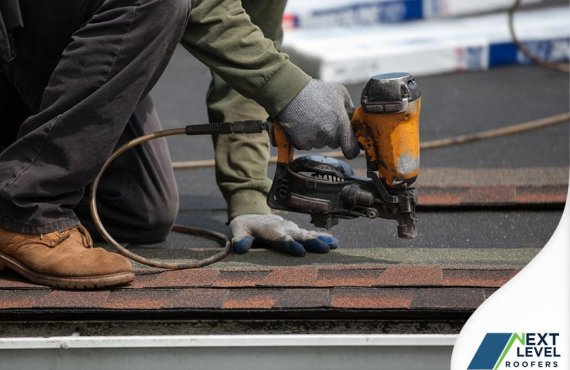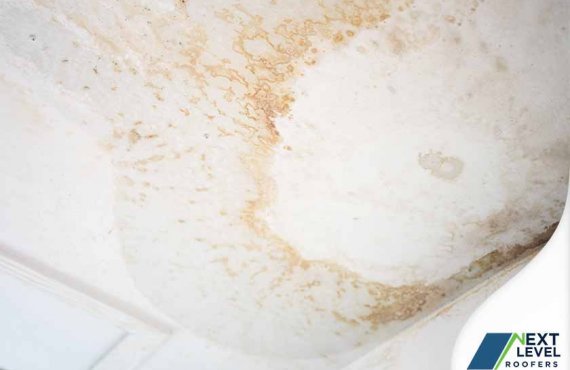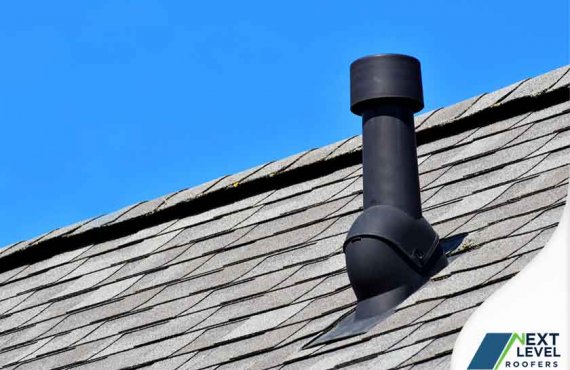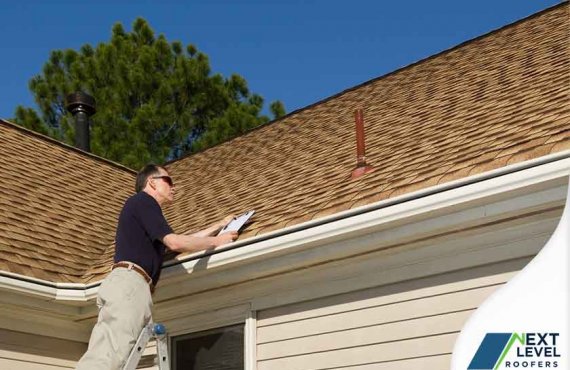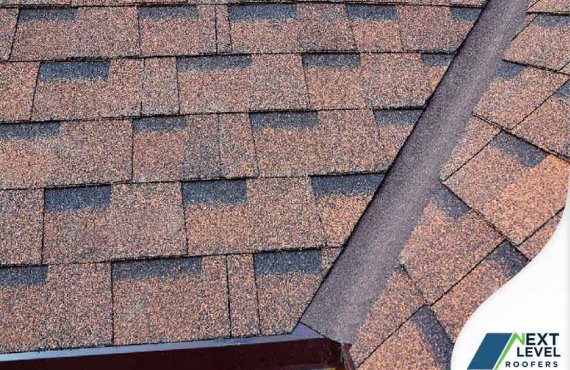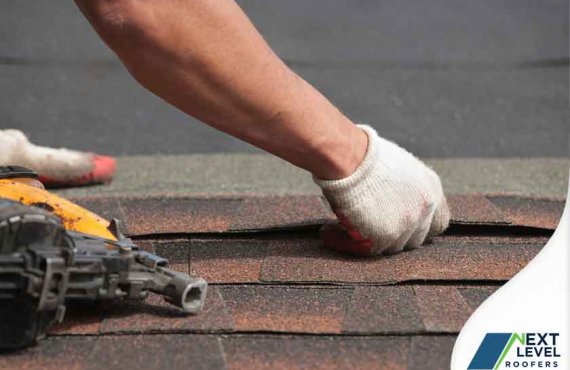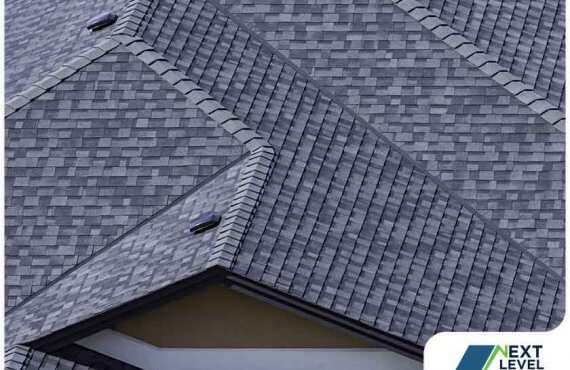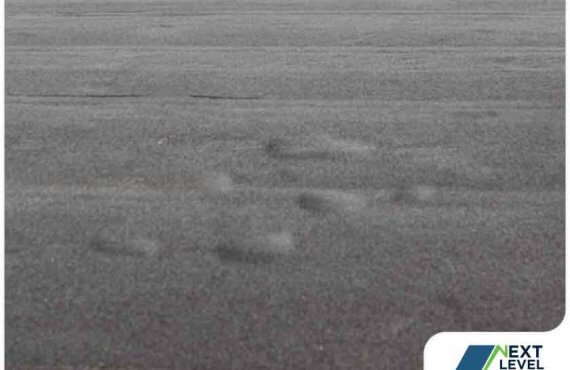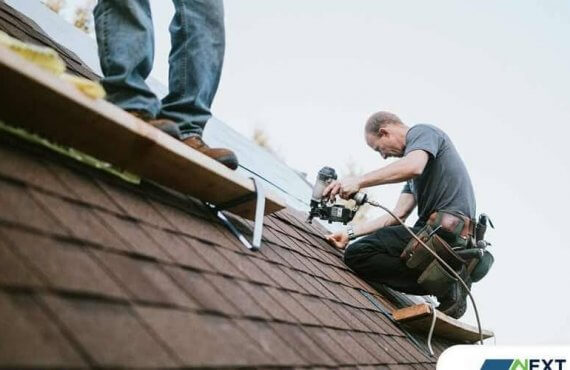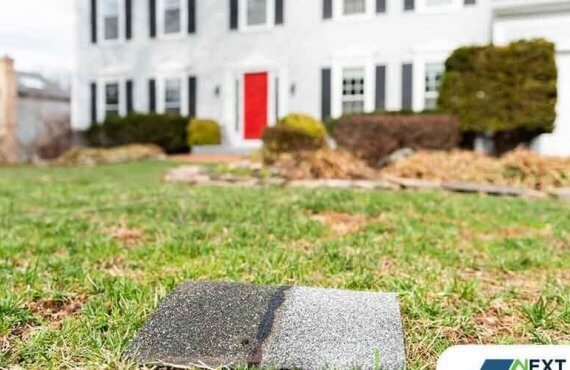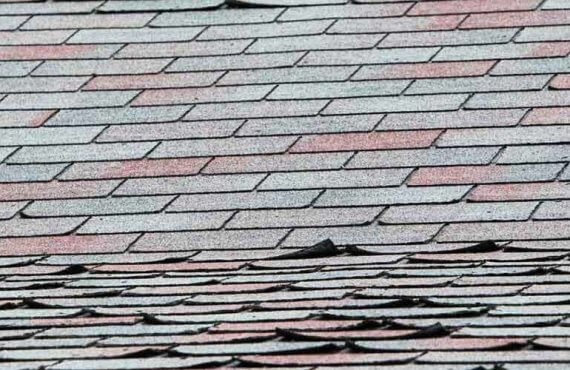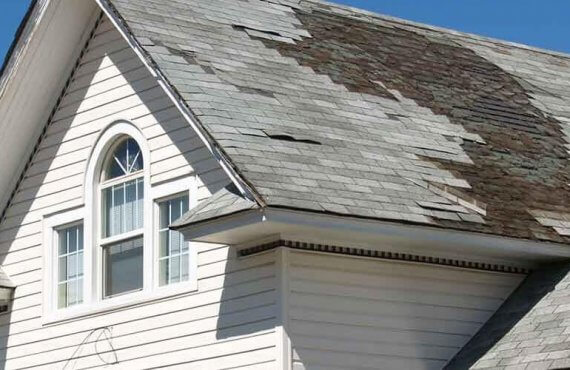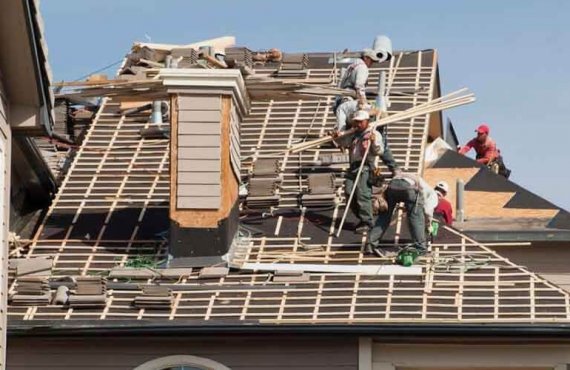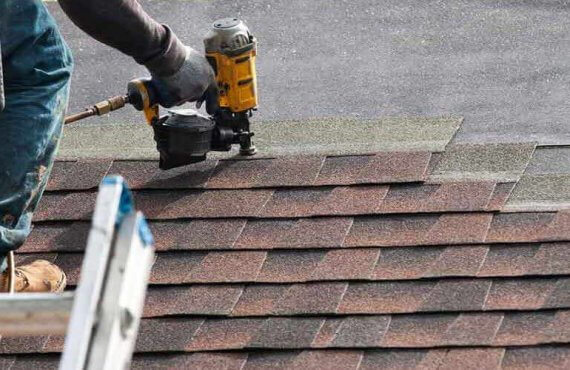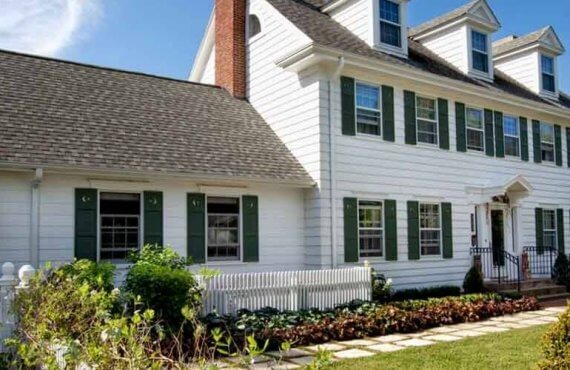In roofing, the fascia refers to a flat board that runs along the roofline and connects the rafters and trusses. It is visible from the exterior of your home as it holds the gutters in place, protecting your interior from moisture-related issues. Unfortunately, it is possible for the fascia to rot. In fact, it is one of the most common dilemmas that homeowners face.

In today’s article, one of the leading roofing companies in Florida talks about the importance of fascia, what causes it to rot and what to do about it.
Functions of a Fascia Board
In addition to supporting the structure of a roof, the purpose of a fascia board is to keep moisture out of the system. It also provides a clean, finished look to the edge of the roof. On top of that, the fascia is known to be behind a strong and sturdy gutter system. During heavy rainfall, the fascia carries the weight of the gutters and the high volume of water it holds. The gutter system is likely to sag when the fascia is in bad shape, causing the water to spill over to the side and pool near the foundation of the home. Along with the soffits, the fascia board also helps keep birds, squirrels and other pests out of the roof.
When it comes to designing a fascia board, wood perhaps is the most common selection, though PVC, fiber cement, aluminum and vinyl can also be used. A fascia board can be bull-nosed, square-edged, or laid flat directly onto a wall or flat roof.
Causes of a Rotting Fascia
Roofing companies have found that rotting fascia is usually caused by two things. The first common cause is the improper installation of the gutters and drip edge. The drip edge is installed at the edges of the roof to keep water away from the fascia while the gutters are responsible for transporting runoff down to the downspouts and into a drainage in the ground. When installed incorrectly, these components can cause water to infiltrate your fascia, potentially damaging the building materials below it. Once water finds its way behind your gutters, it is only a matter of time before it rots out both the fascia board and roof decking. With that in mind, it is crucial that an expert roofer installs your gutters and drip edge.
The second possible cause of rotting fascia is storm damage. Due to its location, the component is extremely susceptible to wind-driven rain during a storm. If it collects enough moisture, the fascia can start to rot, putting your home at greater risk of damage that requires roof replacement.
What to Do About a Damaged Fascia
Most of the time, it is easy to identify a damaged fascia because the signs are obvious. Dark stains, cracks, holes and splintering are a few common ones, while the worst-case scenario entails portions of the fascia board missing from the roof. At the first sight of these signs, especially after a severe storm, immediately call a local roofer and schedule an inspection to determine other issues at hand. Ask the professional to check the soffit as it may also be compromised by excessive water buildup. To avoid future leaks and water damage, the seams of the fascia board should be precisely lined up with the rafters. Like with roof replacement, do not attempt to repair a fascia board on your own.
How to Keep a Fascia Board in Good Condition
It is ultimately your responsibility as a homeowner to maintain the overall condition of your roof, and that includes protecting your fascia boards from rot. Here are some tips:
- Install a drip edge. As required from building codes, a drip edge must be installed to preserve the life of fascia boards. It sits right below the first layer of shingles and keeps water from reaching the fascia. If your existing roof has a drip edge, make sure that it is not loose or misaligned.
- Keep the gutters clean. When water backs up due to clogged gutters, it goes to the fascia boards before it even seeps underneath the shingles. Have your gutters inspected and cleaned at least twice a year — once in spring and once in fall — to ensure there are no dead leaves, animal nests and other debris clogging up the system.
- Give the fascia a fresh coat of paint. An annual roof inspection is a perfect time to make sure the fascia board is sealed and caulked. You should also let roofers touch up any areas where paint is peeling or flaking before water penetrates them. Giving the fascia a new lick of paint every now and then will help protect it from elements and keep the exterior of your home sightly. If the fascia is made with wood, choose a premium exterior paint that can stand up to severe weather conditions.
- Remove insect nests. Especially in the colder months, your roof becomes a beacon of light for pests and small animals. Periodically check for evidence of bee, wasp and hornet nests in the corners of your home where the exterior walls meet the roof. If animals nesting on your roof has become a serious problem, call a professional to have them safely removed.
If your fascia boards are slowly exhibiting signs of deterioration, it is often more cost-effective to replace them. Make sure you remove the old fascia boards before adding new ones. Installation should not include cap covers since they can promote moisture buildup on the timber, therefore causing it to rot.
Let Next Level Roofers Handle All Your Roofing Needs!
Whether you need to repair your soffit and fascia, completely tear off your shingle roof, or install a new construction roof, Next Level Roofers is the name to trust. Our skilled team of roofers will guide you through a wonderful customer experience, maintain the cleanliness of the site and exceed the safety measures required to work on your home. Give us a call at (407) 237-7960 or fill out our convenient online form to schedule an appointment or request a free quote.

